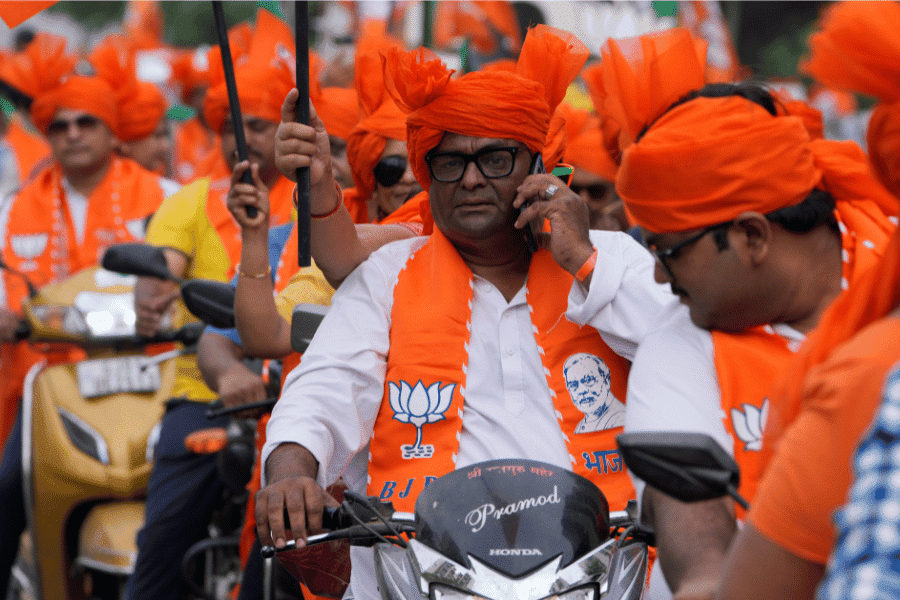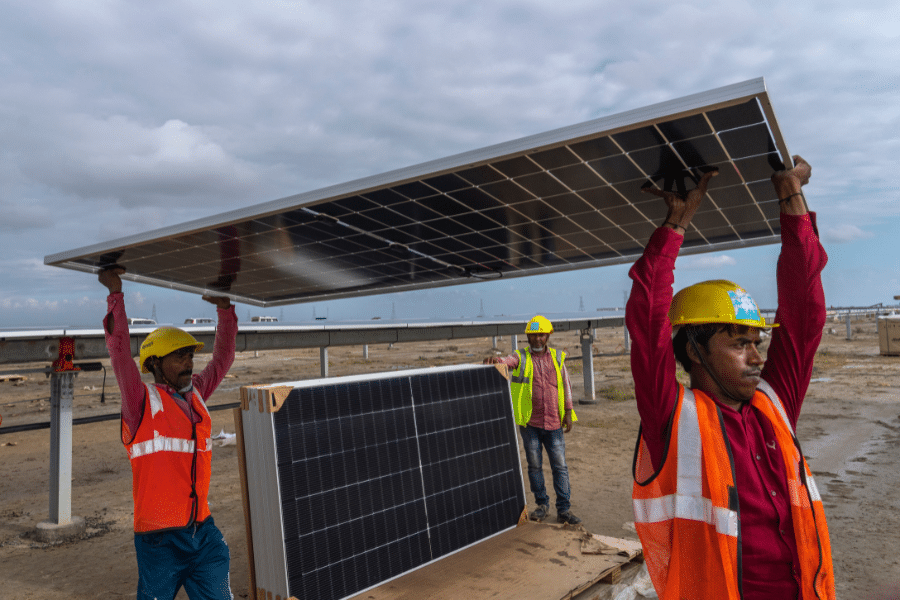
by Christianez Ratna Kiruba | 10 Oct 2024 | Environment, Health and Wellness, India, University of Toronto Journalism Fellows
Online sales of pesticides helps farmers in places far from suppliers. Can we keep them out of the hands of people who shouldn’t have them? A person pulls up an online site for buying pesticides. (Illustration by News Decoder) Warning: This article contains...

by John West | 25 Jun 2024 | Decoders, History, India, Politics
Elections jolted the ambitions of Prime Minister Narendra Modi and his ruling party. But they may have breathed fresh life into India’s flagging democracy. Supporters of India’s ruling Bharatiya Janata Party (BJP) in a bike rally campaign for the general...

by Shefali Malhotra | 14 Jun 2024 | Asia, Health and Wellness, Science, World
In India, tens of thousands need kidney transplants and can’t get them. High demand and short supply makes organs a valuable commodity. A line of people queue up for an organ transplant. (Illustration by News Decoder) This article was produced exclusively for...

by Preety Sharma | 18 Apr 2024 | Asia, Economy, Educators' Catalog, Environment, Politics, Technology, University of Toronto Journalism Fellows
Meeting a growing energy demand can go hand-in-hand with the green transition. This is what India could show the world. Workers carry a solar panel for installation at the under-construction Adani Green Energy Limited’s Renewable Energy Park in Gujarat, India,...
India’s position as a growing global economic leader, a leading producer of renewable energy and as a large consumer of energy puts it at the center of the debate on climate-friendly energy transition. Preety Sharma looks at how if India successfully manages the move towards greener energies, it will serve as a model for low and middle-income countries as they develop economically while striving to meet climate goals.
Exercise: Individually, or in groups, students put their research skills to the test. Use the following questions as a guide to finding out more about this topic.
What is energy transition? How does it relate to the UN SDGs? What energies should we transition to and what are the issues surrounding using each of these? What would a ‘model for low and middle-income countries’ look like?
Find examples of countries that have grown and managed energy transition well.

by Ammar Nainar | 20 Dec 2023 | Asia, Educators' Catalog, History, King’s College London, Politics
India and Pakistan — both nuclear powers — have fought three wars over Kashmir. But neither will yield in one of the world’s intractable conflicts. Zero Bridge in Srinagar Kashmir. (Credit: P. Kijsanayothin for Getty Images Signature) Editor’s note: On 11...
This Decoder Replay by Ammar Nainar is an excellent complement to history lesson plans about decolonization and the Partition of India in 1947. How does the past continue to inform the present in ways that matter?
Exercise: Read the article with your history class after students learn about the Partition of India in 1947. Discuss how decisions made in the 1940s continue to affect people living in India and Pakistan to this day. What throughlines can students draw between past and present? Then, divide students into groups of 3-4. Each group will come up with a resolution to the dispute in Kashmir. Resolutions should consider: Who gets control of Kashmir? Which countries should be involved in negotiations? How feasible is Kashmiri independence?





